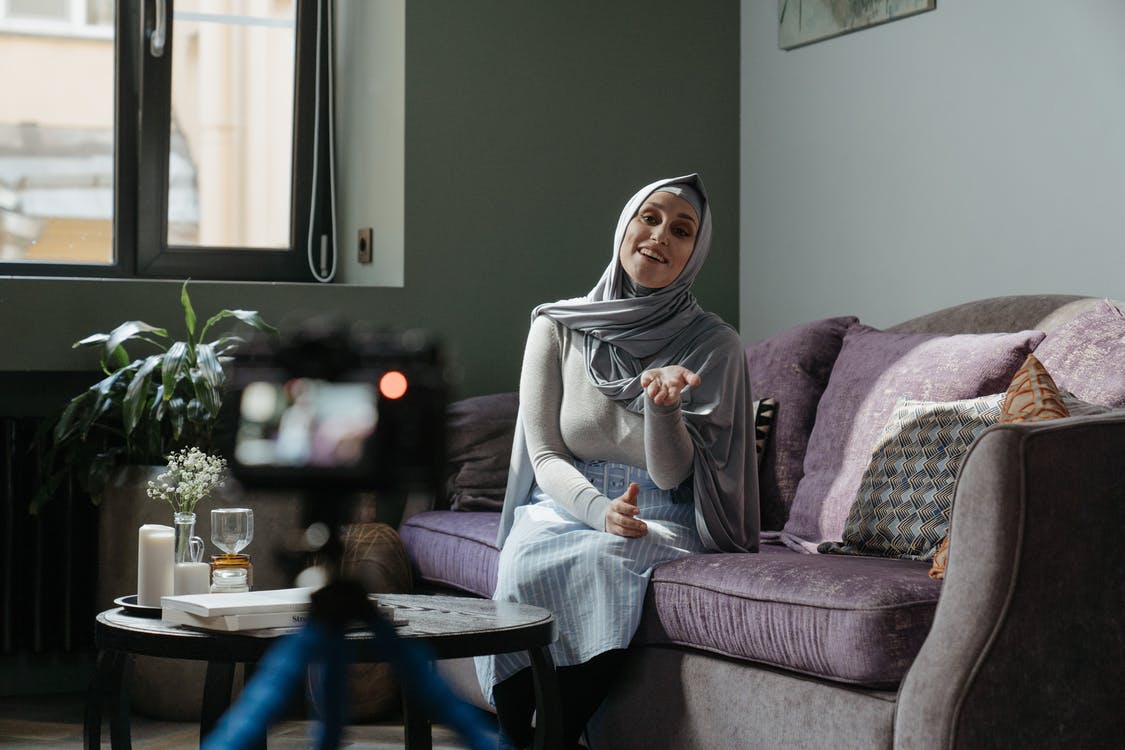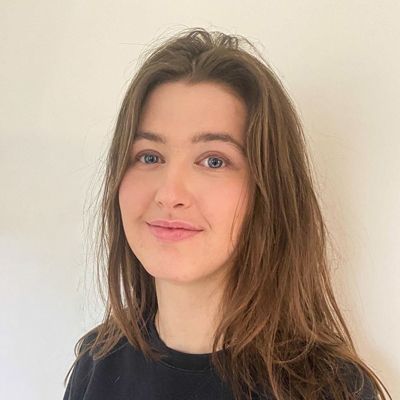Documentary Filmmaking: Preparing for a Documentary Interview
Rent film gear from local filmmakers.

Rent film gear from local filmmakers.
In documentary filmmaking, interviews are crucial. Let's face it, you can't tell the story alone – you need people to tell their story. Because interviews are so vital, it's wise to be thorough with your research and preparation – and since you're reading this, you've taken it to the first step, congrats!
In this blog you can read about:
- Interview preparation
- Interview Styles
- How to capture the emotion
- Getting a subject to open up on camera
Interview preparation
Interviews are often the most important component within documentary filmmaking. If used correctly, they can communicate the themes you want to explore, through their ability to provide a wider context to film’s subject matter.
A well-managed interview can reveal key information in a film's narrative as well as develop character traits, resulting in an overall sense of place. An effective interview heavily relies on decisions you take prior to, and after you conduct your interviews. If you can build a rapport with your subject, then conversations will flow more naturally.
Interview styles
In the moment – Passive
This is where the main character is talking. They may be telling a story or just thinking out loud. This is not done through talking directly towards the camera, instead, you are made to feel like a passive observer.
In the moment – Active
This is where the main character communicates directly with the camera. Often, they have a conversation with the filmmaker, interviewer or directly with the audience. This creates a feeling of being more involved with what is going on.
Voiceover
It's not an overstatement to suggest a voiceover can make or break your documentary. Check out Michael Moore's use of voiceover for inspiration, in particular his ability to forward a moral argument.
Audiences can be unforgiving when it comes to voiceovers, meaning finding a balance in tone and delivery is key. The tone of your voiceover is crucial to the atmosphere and the strengthening of a narrative.

Get ready
Prepare but be adaptable
Before you actually take your gear and head out to film, prepare who you want to meet and what you want to find out about them. You can think about interviews being structured, semi-structured or unstructured. And always avoid yes or no questions!
You might find your subjects are nervous, uncomfortable, struggling to open up or just not trusting you. Establish the purpose of the interview and show compassion and genuine interest. Be empathetic, understand their view and establish trust, especially when dealing with a sensitive topic.

How to capture emotions
Get to know each other
Be sure to get to know as much as you can about an environment, the story and main characters. Think about the relationship between the characters and their environment, this can boost authenticity. Imagine you’re shooting a documentary about a character that is an artist – maybe place them in their studio.
Composition
What will lighting be like at the location – what tone does it convey? The placing of a subject and the camera can have a major impact on a scene. Take advantage of what an environment gives you, use it to help tell the story. Effective interviews allow you to convey your characters feelings not only with their story, but also with the set.
Lens choice
It’s not a rule but remember to get both wide and detailed shots while interviewing your character. Zoom in with tighter longer focal length.
Always start wide to make your viewer feel comfortable. As the conversation gets deeper, or you hit something emotional then you can zoom in. As you get a bit closer you can feel a deeper connection to the story and its characters.
Asking the right questions
When you interview your main character, give examples while asking questions. Give an option of comparison, formulate things in a different way, engage in a conversation, make them feel comfortable. Don’t just ask prepared questions, since that can kill the flow of a conversation.
Make sure the audio doesn’t overlap, especially if you’re sitting behind the camera asking the questions - this can be a nightmare to fix while editing.

Keep rolling
Keep rolling beyond takes. You never know what can happen when you put your camera down. If you can, film continuously and edit later. This can give you more footage to choose from in the cutting room.
Lighting
Even if you can’t afford the most expensive light equipment, try to secure bright LED panels. If the face of a subject is not clear, you’ll struggle to capture and convey emotion. You might be able to relight a scene in aftereffects, but this is tricky to get right – especially if you’re a beginner.
Less (gear) is more
Don’t take too much gear with you, especially if you’re travelling. It can be a real pain in the ass!
Sound
If you’ve looked into documentary filmmaking, you’ll likely have heard that even great visuals can be let down by poor sound.
Little imperfections are expected in the visuals, especially if you’re a beginner with a small crew and limited gear. What you shouldn’t compensate on is clear audio.

How to get your subject to open up on camera
One-man crew
Being alone while interviewing your characters can actually create greater trust and intimacy. Often, the character will be more likely to open up about sensitive topics.
Relax
Many people might find it stressful to talk naturally in front of a camera. It’s your job to try to make them feel as comfortable as possible – because if you don’t, it will show on screen. Be natural, joke around and let them feel like they are with a friend rather than a filmmaker.
Open-minded approach
Don’t anticipate the answer. Never press your beliefs onto your subject or into a conversation, because that can really shift its direction. If you have your own opinion, share it off the record or keep it for yourself.
Prepare questions but go with the flow and don’t over navigate the subject. Listen closely and let the conversation flow naturally. There might even be an uncomfortable silence, but even this can tell part of the story.
Read your subject and be authentic
Long pauses, awkward silences, and body language are all great tells. They can often be more revealing than the words that are said. When your subject leaves things open, don’t press them too hard. There is power in letting your audience fill in the blanks.
Do your research
Carry out research on the topic, but don’t be a know it all. Never pretend to know more than you actually do, this can easily destroy trust.
Things don’t go as planned, but is that a bad thing?
No! Maybe even hope for things not to go as planned, often this can be the silver lining to your final product. If you finish filming with exactly what you expected, it’ll never be as rewarding as going through the unexpected.
About the instructor
Matt Harris
Producer, Filmmaker
United Kingdom
Matt Harris is a UK based award-winning DOP, producer, and director specialising in high end documentary and branded content.






















